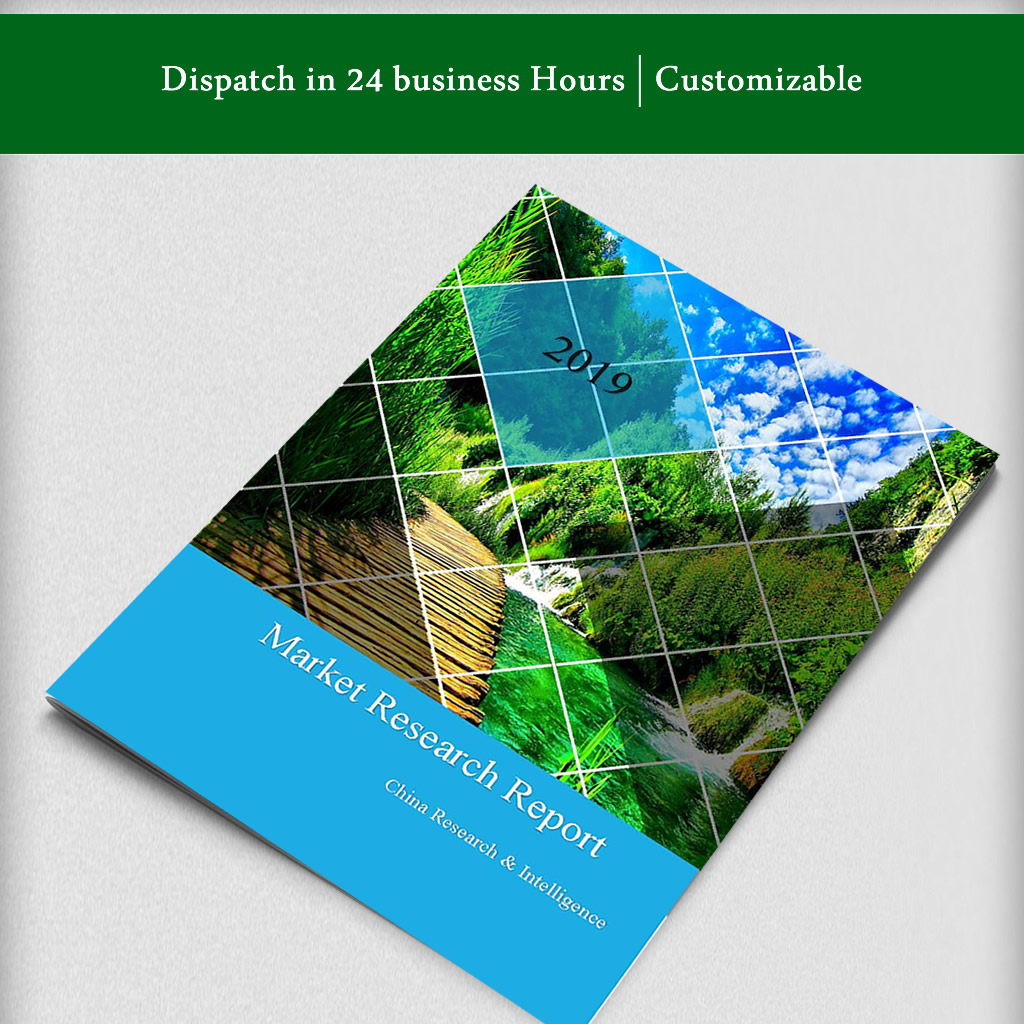Description
Description
In 2018, China’s photovoltaic industry grew steadily in scale, slowed down in capacity construction and saw declines in market prices. According to the China Photovoltaic Industry Association, in 2018, the production volume of polysilicon in China exceeded 250,000 tons, increasing by over 3.30% YOY; the production volume of silicon wafers reached 109.20 GW, increasing by 19.10% YOY; the production volume of photovoltaic cells reached 87.20 GW, increasing by 21.10% YOY; the production volume of photovoltaic modules reached 85.70 GW, increasing by 14.30% YOY. Besides, the newly installed photovoltaic capacity in China decreased to 44.26 million kilowatts by 16.60% YOY, of which the newly installed capacity of photovoltaic power stations decreased to 23.30 million kilowatts by 30.70% YOY while the newly installed capacity of distributed photovoltaics increased to 20.96 million kilowatts by 7.80% YOY.
The global polysilicon production capacity concentrates in China. At the end of 2018, China’s annual polysilicon production capacity was 388,000 tons while that of other countries totaled 210,000 tons. The polysilicon production abroad reached 189,000 tons in 2018 and is estimated to fall to around 160,000 tons in 2019. China is expected to need 430,000 tons of polysilicon and import about 110,000 tons in 2019, which means that domestic demand will be satisfied if domestic production reach 320,000 tons.
China is the world’s largest polysilicon producer. In 2018, Xinjiang, Jiangsu, Inner Mongolia, Sichuan, Henan and Qinghai contributed 156,000 tons, 70,000 tons, 60,000 tons, 45,000 tons, 20,000 tons and 20,000 tons respectively to China’s polysilicon production capacity. In 2019, Xinjiang East Hope New Energy Co., Ltd., Xinte Energy Co., Ltd., Xinjiang Daqo New Energy Co., Ltd. and other companies are expected to increase polysilicon production capacity by over 120,000 tons.
According to CRI, because high-quality polysilicon for monocrystalline silicon production has high technical barrier, the market is dominated by a few suppliers. For example, 15%-20% N-type monocrystalline silicon (minority carrier lifetime ≥1000us) produced from China-made polysilicon is substandard while the proportion will be only 0.90% to 0.50% if imported polysilicon is used. Therefore, China relied heavily on high-quality polysilicon imports in the past few years. At present, the enterprises that can supply monocrystalline silicon in large quantities include domestic companies Leshan Yongxiang Silicon Industry Co., Ltd. (a subsidiary of Tongwei Group Co., Ltd.), Xinjiang Daqo New Energy Co., Ltd., Xinte Energy Co., Ltd. (a subsidiary of TBEA Co., Ltd.) and GCL-Poly and foreign companies OCI and Wacker Chemie.
In 2018, the production volume of polysilicon in China was about 259,000 tons, increasing by 7.90% YOY. The growth rate fell sharply as compared to 2017. As the production volume varied greatly among different enterprises, the market concentration ratio stayed at a high level. The top 10 enterprises including GCL Silicon Technology Holdings Inc., Xinte Energy Co., Ltd., China Silicon Corporation Ltd., Xinjiang Daqo New Energy Co., Ltd. and Sichuan Yongxiang Co., Ltd. took a market share of 82.50%.
In 2018, as affected by the shrinking demand from China’s photovoltaic industry, the import volume of polysilicon dropped for the first time in the past decade. The import volume of polysilicon in China was 151,300 tons, decreasing by 0.40% YOY; the import value was about USD 2.08 billion, decreasing by 12.30% YOY. The major sources of China’s polysilicon imports include South Korea, Germany, Taiwan, etc.
Since 2011, China’s Ministry of Commerce has initiated anti-dumping investigations against polysilicon from other countries, which inhibited the import of polysilicon and promoted the development of domestic polysilicon industry to some extent.
According to CRI, China will still have huge demand for polysilicon. Domestic polysilicon production can gradually meet the market demand. However, monocrystalline silicon has become increasingly popular in China since 2016 and the production of monocrystalline silicon requires high-quality polysilicon. Pessimistic about the quality of domestic-made polysilicon, Chinese manufacturers of monocrystalline silicon will continue to a large quantity of high-purity polysilicon from Germany and South Korea. It is estimated that from 2019 to 2023, China will import over 100,000 tons of polysilicon every year.
In 2018, the average price of high-quality solar grade polysilicon was 105,900 CNY/ton, decreasing by 21.60% YOY. Overall, the price of polysilicon declined by 50.30% from 153,000 CNY/ton at the year beginning to 76,000 CNY/ton at the year end.
Topics covered:
– Status of global polysilicon industry
– Economic environment and policy environment for China’s polysilicon industry
– Development of the photovoltaic industry
– Supply of and demand for polysilicon in China
– Import and export of polysilicon in China
– Competition on China’s polysilicon market
– Price trend of polysilicon
– Major polysilicon manufacturers in the world
– Driving forces and market opportunities for the polysilicon industry
– Risks and challenges to the polysilicon industry
– Trends of the polysilicon industry


